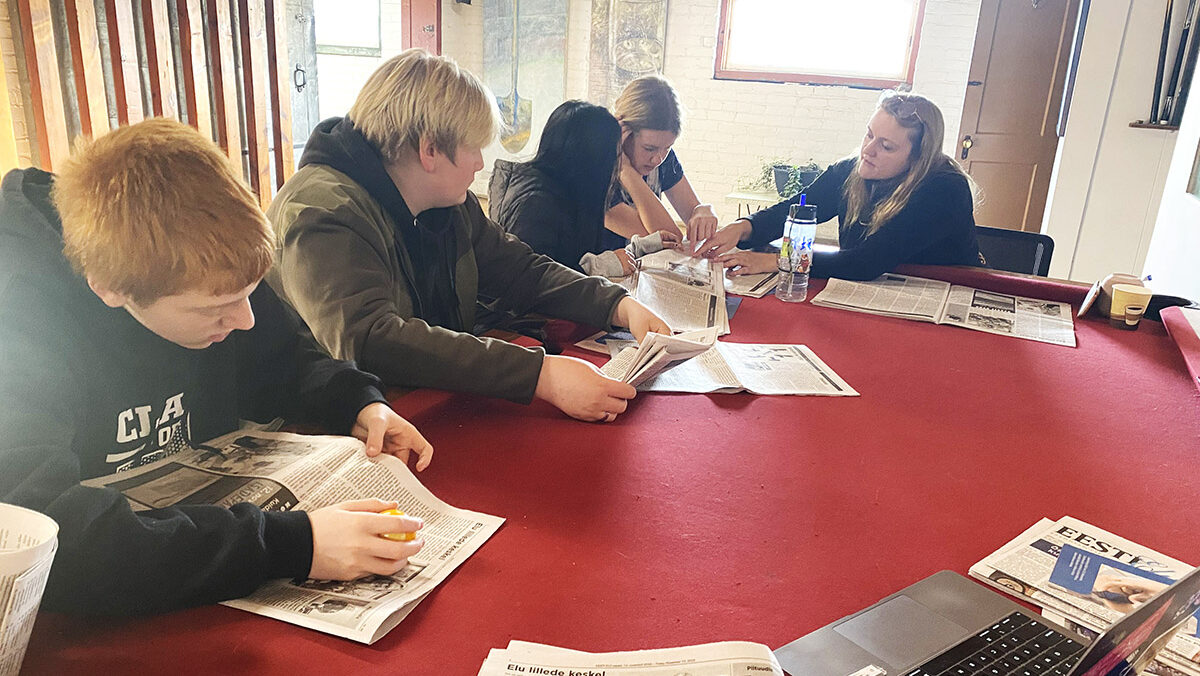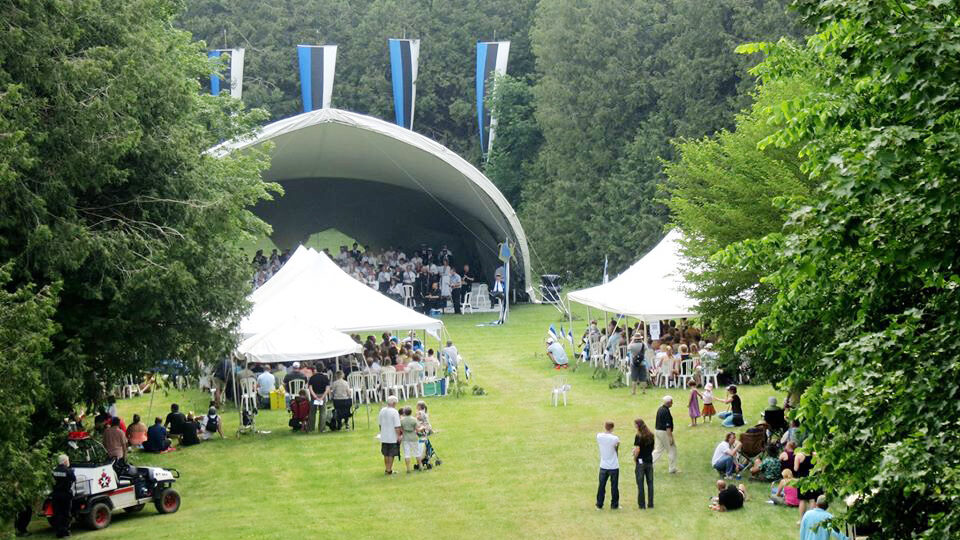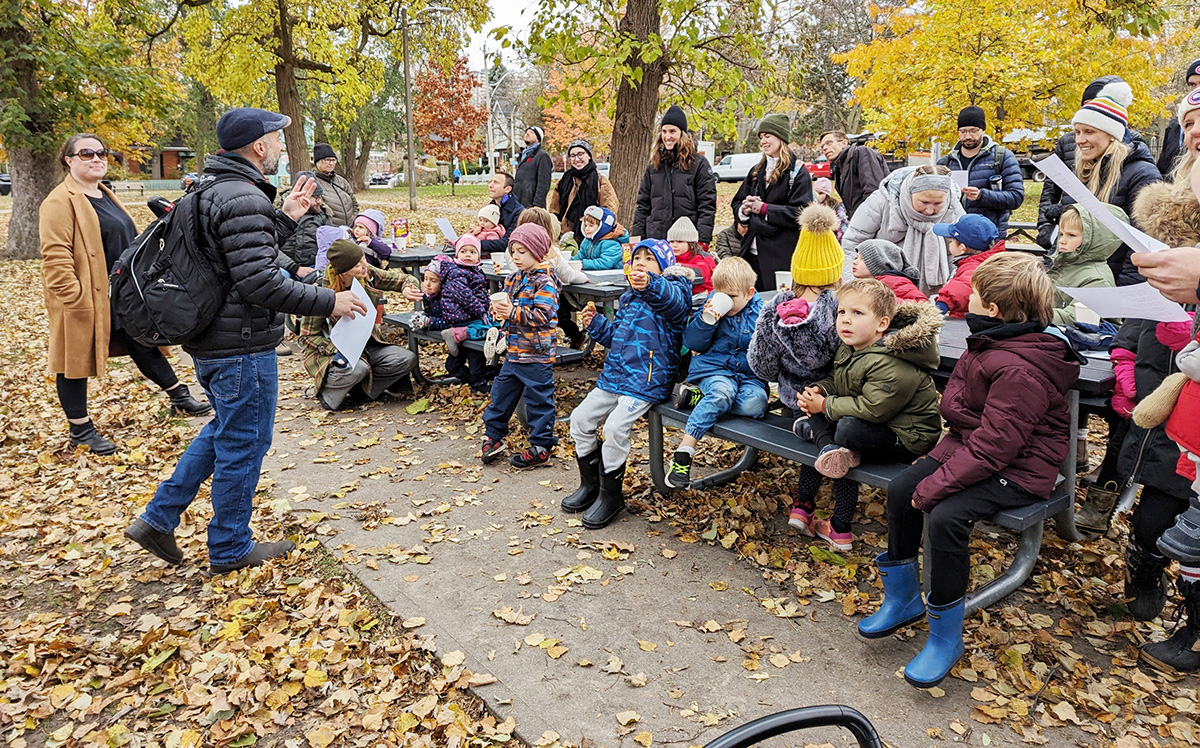Sunday's lesson was all about research, fact-checking, and the sources used in journalistic writing. Students learned how to approach brainstorming topic ideas, primary and secondary sources, and the importance of critical thinking when choosing from these sources.
Many of the students were already familiar with the importance of digital literacy. When asked what they knew about critical thinking and why they thought it was necessary, many responded that growing up with technology has made them more wary of believing everything they encounter online.
Digitization and the subsequent proliferation of various technologies has made it increasingly difficult to separate fact from fiction.
From a journalist's perspective, this was excellent to hear. Digitization and the subsequent proliferation of various technologies has made it increasingly difficult to separate fact from fiction. Artificial Intelligence (AI) has flooded Generation Alpha's Instagram feeds and TikTok filters. Sure, filters existed long before AI came into the limelight — but the differences between these and the AI filters we see now are vast. Think of the “dog filter” that was once popular on Snapchat. It was funny because it was weird. Its distortions were obvious. But TikTok's AI beauty filters are barely discernible, ever-so-slightly slimming faces, brightening skin, and clearing acne. Unattainable beauty standards are thus determined by nothing more than lines of code, perpetrated by social media influencers who mislead others by embracing their use. The risk of this is that it fosters various body image issues in young, impressionable audiences who may question why they don't resemble the people they see online.
It's more crucial now than ever to instill the importance of critically examining what you see online in the generations for whom technology is the norm.
Equally, if not more troubling, are deep fakes, which “utilize a form of artificial intelligence/machine learning (AI/ML) to create believable, realistic videos, pictures, audio, and text of events which never happened,” according to the United States Department of Homeland Security. Their potential to obscure fact from fiction jeopardizes the validity of the entire historical record as we know it. The question then arises: how can we safeguard reality and truth from an encroaching digital revolution?
Indeed, it's more crucial now than ever to instill the importance of critically examining what you see online in the generations for whom technology is the norm. This is precisely what Sunday's workshop achieved, and will continue to do throughout the following lessons. These lessons will cover topics including interviewing skills, writing basics, and social media promotion.
Put together, these lessons will help students create the workshop's ultimate output: articles written on a topic of their choosing, as well as social media posts to promote them, all based on what they learned about writing and digital literacy. Students will have a great deal of creative leeway in how they go about their articles as long as they stay within the boundaries of what's permitted (topics must somehow relate to the Estonian community).
I have been careful not to frame these projects as homework—the idea is for students to have fun with their writing, encourage their creativity, and instill in them the importance of staying connected to their community.
Keep an eye out for these projects planned for publication in Eesti Elu this April!
This article was written by Natalie Jenkins as part of the Local Journalism Initiative.




